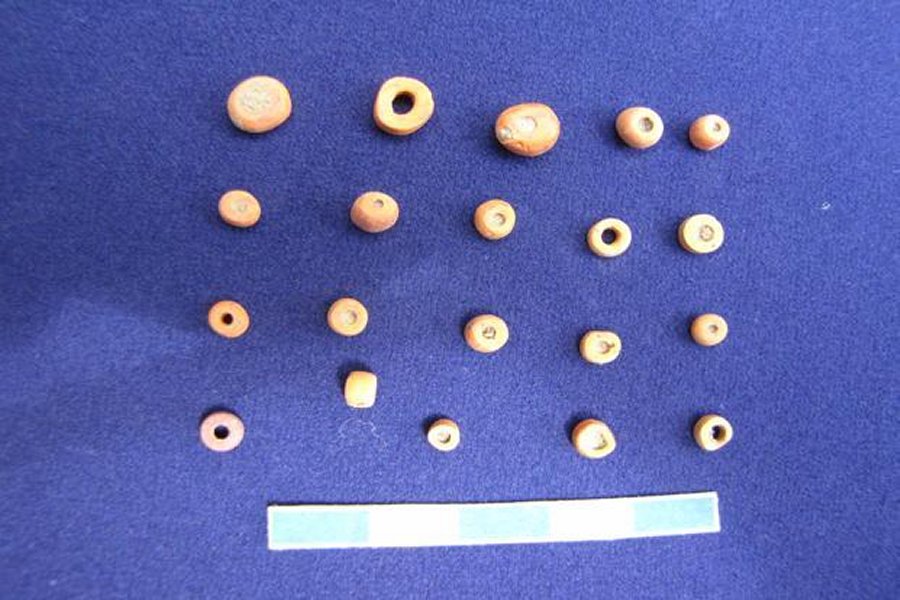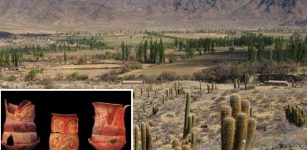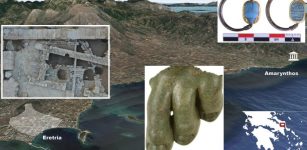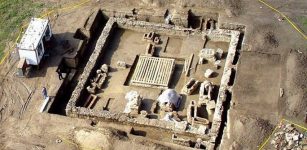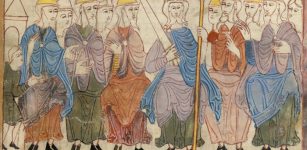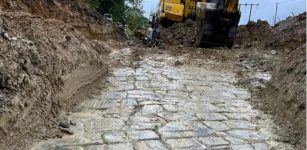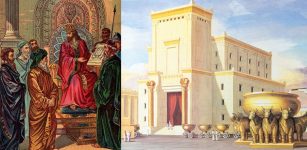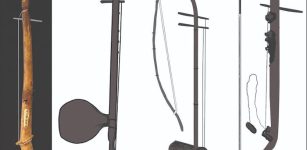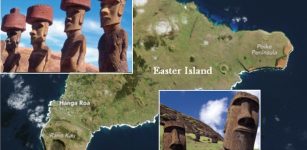A 2,500-Year-Old Planned City In Tarighat, Chhattisgarh, India
AncientPages.com - The mythological history of the state of Chhattisgarh in the central part of India can be traced back to the days of Mahabharata and the Ramayana.
Chhattisgarh has a number of very important archaeological sites, historical palaces, forts and some magnificent Chhattisgarh temples. This region of India has witnessed rise and fall of many great dynasties and kingdoms.
Recent archaeological finds in Chhattisgarh, indicate the existence of continued settlements from prehistoric to late medieval period.
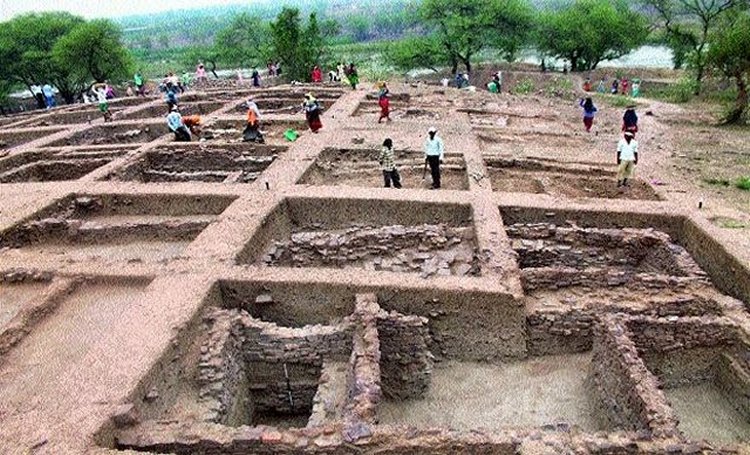
A 2,500-year-old planned city in Tarighat, Chhattisgarh, complete with water reservoirs, roads, seals and coins, buried 20ft below the ground.
It is known that earliest human settlements in Chhattisgarh were established much before they came into existence in any other part of the country, but the exact date for the earliest human settlement in this region is still unknown.
Last year, a 2,500-year-old planned city in Tarighat, Chhattisgarh, India equipped with water reservoirs, roads, seals and coins, buried 20ft below the ground, was discovered by archaeologists. The site was destroyed by a large fire that took place around the 2nd century BC, according to a report in the Deccan Chronicle.
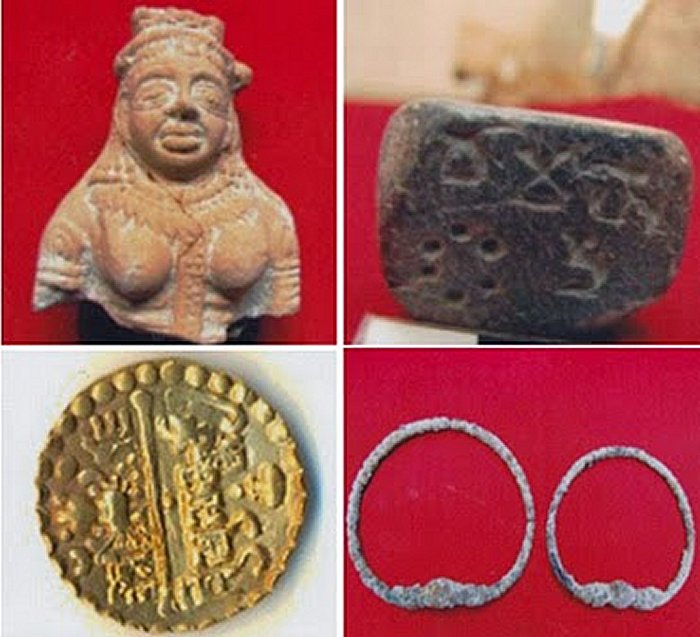
Artifacts found at the site in Tarighat in Durg district. Photo: Chhattisgarh ministry of culture and archaeology
According to archaeologists, the settlement reminds of Roman city Pompeii that was buried under 13-20 ft of ash and pumice in the eruption of Mount Vesuvius in 79 AD.
Excavations at Tarighat over the last year have revealed that it was a rich trading centre where its residents enjoyed an affluent lifestyle. Female terracotta figurines recovered from the site, indicate that women were fond of different hairstyles and rich costumes. In total, twelve different hair styles were identified among the figurines."
Pendants, ornaments, bangles of gold, silver and copper have also been unearthed.
“Chhattisgarh was the earliest urban centre on bank of Kharun river like other discovered centres of Mathura, Hastinapur and Takshashila on banks of river tributaries. Figurines retrieved from Tarighat so far indicate a rich lifestyle of people adorned with ornaments, who used to wear turbans,” excavation director and archaeologist in culture department of Chhattisgarh, JR Bhagat said.
There are four 15ft high mounds on the river bank around which existance of coins and some terracotta figures have been found.
State archaeological department believes that the area seems to have been divided into blocks which appear like a market.
Many structures were found to be facing the main road which is clearly visible between the blocks. About six to eight rooms were found on both sides of the road."
Tarighat finds date from 5th and 3rd century BC - the period when the region was ruled by the Kushan and Satavahana dynasties in central India and the world's longest and one the most revered Sanskrit epics - Mahabharata, was supposedly set.
The facts surrounding the great fire which destroyed much of the settlement are unknown, but the fate of the ancient city can be compared to Burnt City - a fascinating and very advanced, 5200-year-old society located in southeastern Iran.
Archaeologists believe that this ancient place is one of the earliest urban trading centres in the country and provides evidence of four continuous cultural sequences including the Gupta period (sixth century AD), Satavahan period (third century AD), Kushan period (1st-2nd century AD) and early history period (1st-2nd century BC).
AncientPages.com
Expand for references
